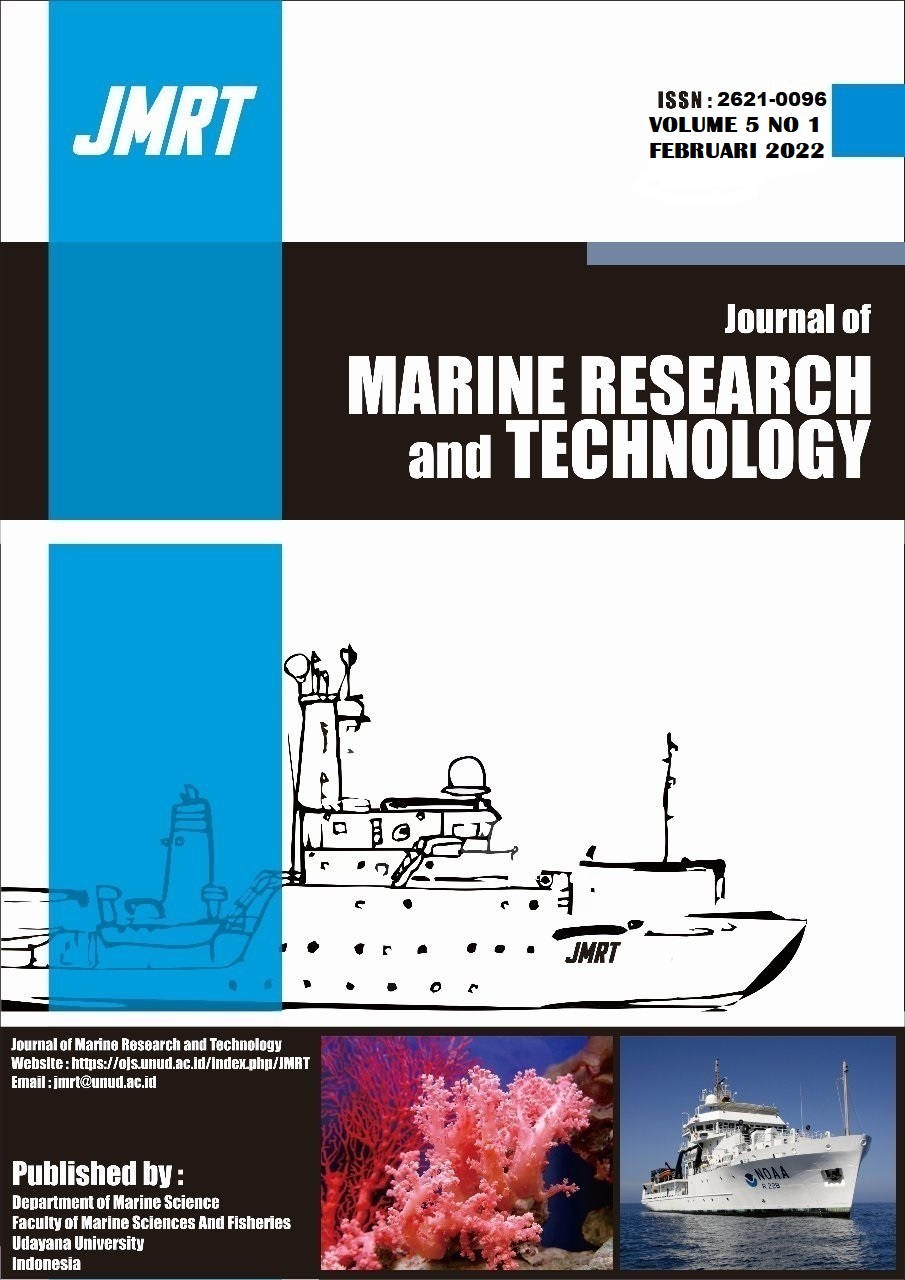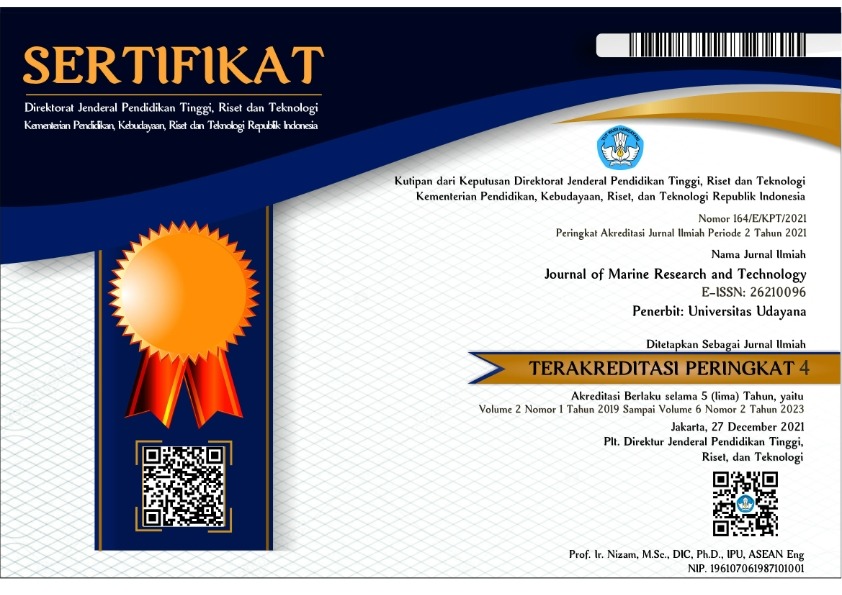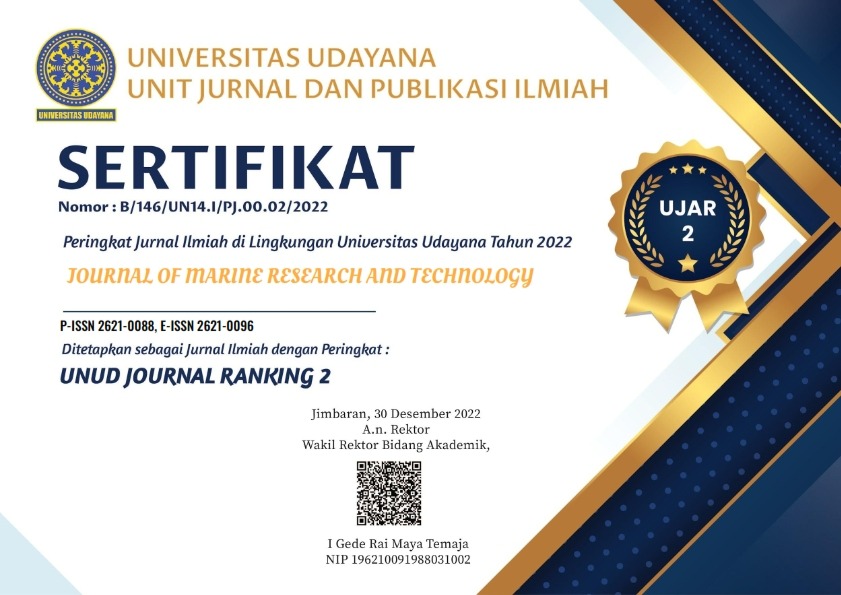Pemetaan Perubahan Penggunaan Lahan Wilayah Pesisir Kecamatan Rungkut, Kota Surabaya, Tahun 2013 dan 2019
Land Use; Remote Sensing; Supervised Classification; Accuracy; Rungkut Sub-district
Abstract
The coastal area is a meeting space between land and sea that is easy to change temporally and spatially. The changes were triggered due to an increase in population and community activities such as industry, housing, ports, cultivation, transportation, farms, agriculture, tourism, and so on centered in the coastal area and become the center of Indonesia's economy. Remote sensing technology is one of the right ways for monitoring activities in the near term. This research aims to map the change of coastal land use in Rungkut district, Surabaya, in 2013 and 2019 using high-resolution satellite imagery of SPOT imagery. The method of classification of coastal land use two types of supervised classification, namely Minimum Distance and Maximum Likelihood. Land use class obtained in this study as many as six classes, namely mangrove, settlement, pond, green open space, the body of water, and industry. The results showed that using two different algorithms gave a difference in classification results. The largest land-use change from classification with Minimum Distance method is in mangrove and body of water with +231,80 and –230,89 ha, while the classification result with the method of Maximum Likelihood the change of the largest land use is in mangrove class and ponds respectively +202,41 and –210,89 ha. Accuracy test using error matrix obtained by 85,50% with kappa coefficient 0,78 on the classification result of coastal land use using Minimum Distance algorithm and for Maximum Likelihood algorithm obtained accuracy of 89% with Kappa coefficient is 0,84. It is demonstrated that by using the algorithm, Maximum Likelihood accuracy on the land use map is very good.
Downloads
Copyright Notice
The copyright to this article is transferred to Journal of Marine Research and Technology (JMRT). The copyright transfer covers the exclusive right and license to reproduce, publish, distribute and archive the article in all forms and media of expression now known or developed in the future, including reprints, translations, photographic reproductions, microform, electronic form (offline, online) or any other reproductions of similar nature.






